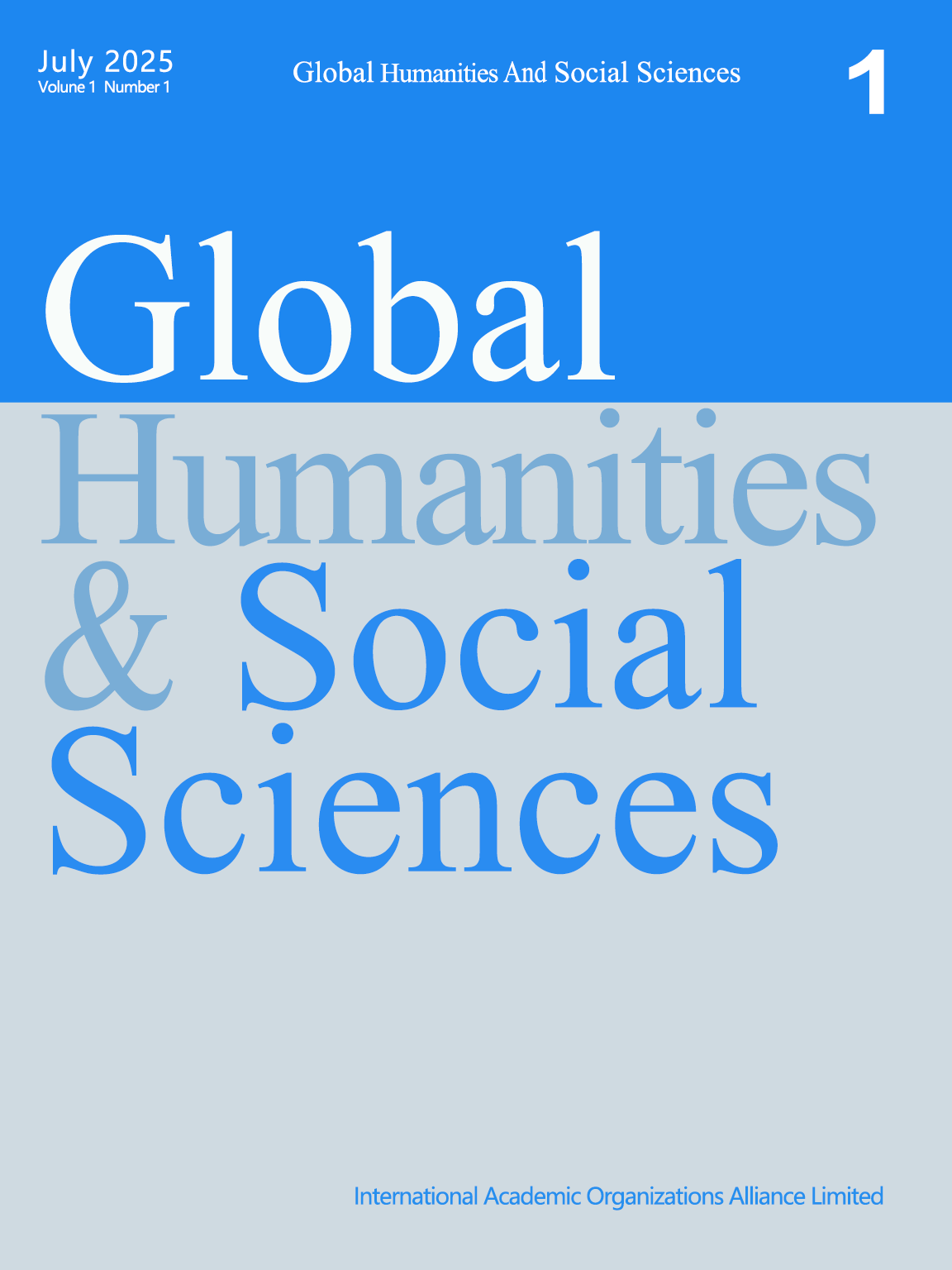China’s Alternative Borrowing to African Countries: A Counterbalance to Traditional Development Financing
Authors:
David Bashiel Kolleh a, Jiang Chen b
a Liberia Institute of Public Administration (LIPA)
b RuiSheng (Beijing) Consulting Service Co., Ltd.
Abstract
In the past thirty years, the Chinese government has significantly increased development financing to countries in the Global South—Africa, parts of Asia, and Latin America, where 1.1 billion people of the world's poorest, accounting for 18% of the world’s population by tenfold in the form of aid assistance, loans, and grants. Countries such as Kenya, Ethiopia, Uganda, Tanzania, Eritrea, Liberia, Ghana, and those in Southern Africa, including South Africa, Botswana, and Namibia, are practical examples. This has sparked interest in understanding the impact of China's development models and financial aid. Numerous studies have been conducted to examine the impact of Chinese development policies on patterns and outcomes in recipient countries.
This paper critically reviews the existing literature, focusing on how China has become an alternative to official development financing provided by the Bretton Woods institutions—the International Monetary Fund (IMF) and the World Bank (WB)—counterbalancing United States-led Western alternatives for development financing in poor countries. Although there are claims and counterclaims that Chinese funding is less politically motivated than Western development assistance, empirical studies suggest that the One China Policy plays a significant role in explaining Chinese development financing.
There are also claims that Chinese finance has been found to disregard or promote efforts of “good governance, human rights, and liberal values” and has, over the years, been associated with political, “geopolitical alignment, coercion, and environmental degradation” in some recipient countries, as it does not enforce governance reform conditions as its official financing prerequisites. Despite these concerns, it is vital to consider the positive effects of Chinese development financing on critical public infrastructure, such as air and seaports, roads and bridges, education and health facilities, and supply chain networks, as well as massive economic growth among poor countries in the global South over the last three decades. This paper presents China not only as a normative power but also as a beacon of hope, an alternative for global financing development, and a new path for the future.
Keywords
Development Financing Alternative Borrowing Developing CountriesReferences
- [1] Multilateral Development Finance 2022 | OECD
- [2] Stanford Center for China's Development and Institutions
- [3] China's Overseas Lending
- [4] U.S. Treasury History
- [5] Centre for Global Development - Chinese and World Bank Lending Terms: A Systematic Comparison Between 157 countries and 15 years
- [6] 2023 Outlook
- [7] How Chinese Firms Have Dominated African Infrastructure
- [8] Global Economic Outlook 2022
- [9] Michael D. Bordo, 1993, The Bretton Woods International Monetary System: A Historical Overview
- [10] Ben Cormier, 2022, "Chinese or Western finance? Transparency, official credit flows, and the international political economy of development."
- [11] Brazys, S., Elkink, J. A., & Kelly, G. (2017). "Bad neighbors? How Co-located Chinese and World Bank Development Projects Impact Local Corruption in Tanzania" | SpringerLink. Review of International Organizations, 12, 227–253.
- [12] Broich, T. 2017. "Do Authoritarian regimes receive more Chinese development finance than democratic ones? Empirical evidence for Africa." China Economic Review, 46, 180–207.
- [13] Bunte, J. B. (2019). "Raise the Debt: How Developing Countries Choose Their Creditors." Oxford University Press.
- [14] INSE's Report on China's Sovereign Financing in Africa, 2023
- [15] Anaw. (n.d.). "Building the SGR Inside the Park is Wrong."
- [16] CEIC. (n.d.) "Kenya Average Wage Earnings." Retrieved January 28, 2024
- [17] CGTN America. (2019, September 19). "Full Frame: Kenya’s Standard Gauge Railway." [Video]. YouTube.
- [18] Dahir, A. L. (2022, August 7). "‘Jewel in the Crown of Corruption’: The Troubles of Kenya’s China-Funded Train." The New York Times.
- [19] Ehizuelen Michael Mitchell Omoruyi (2019). "BRI offers development and NOT a debt trap - People’s Daily Online."
- [20] European Bank for Reconstruction and Development (EBRD) (n.d.) "Belt and Road Initiative (BRI)."
- [21] Freight Africa. (2018, January 3). "Mombasa – Nairobi standard gauge freight service launched." Railway Gazette.
- [22] History – Kenya Railways. (n.d.). Retrieved January 27, 2024
- [23] Home, R. (2012). "Colonial Township Laws and Urban Governance in Kenya." Journal of African Law, 56(2), 175–193.
- [24] Huaxia (2018, September 06). "Feature: Chinese-built SGR enlivens long-distance travel while injecting vitality into Kenya." Xinhua: English News.
About the Authors
David Bashiel Kolleh
Liberia Institute of Public Administration (LIPA)
Jiang Chen
RuiSheng (Beijing) Consulting Service Co., Ltd.
